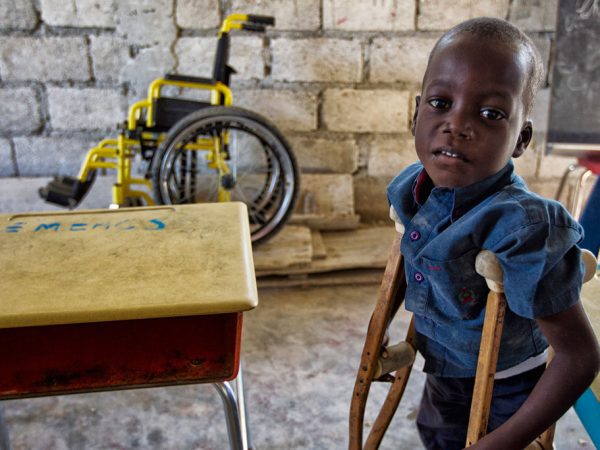Warning: Invalid argument supplied for foreach() in /home1/redcare1/public_html/wp-content/themes/uplift/swift-framework/content/sf-post-formats.php on line 89
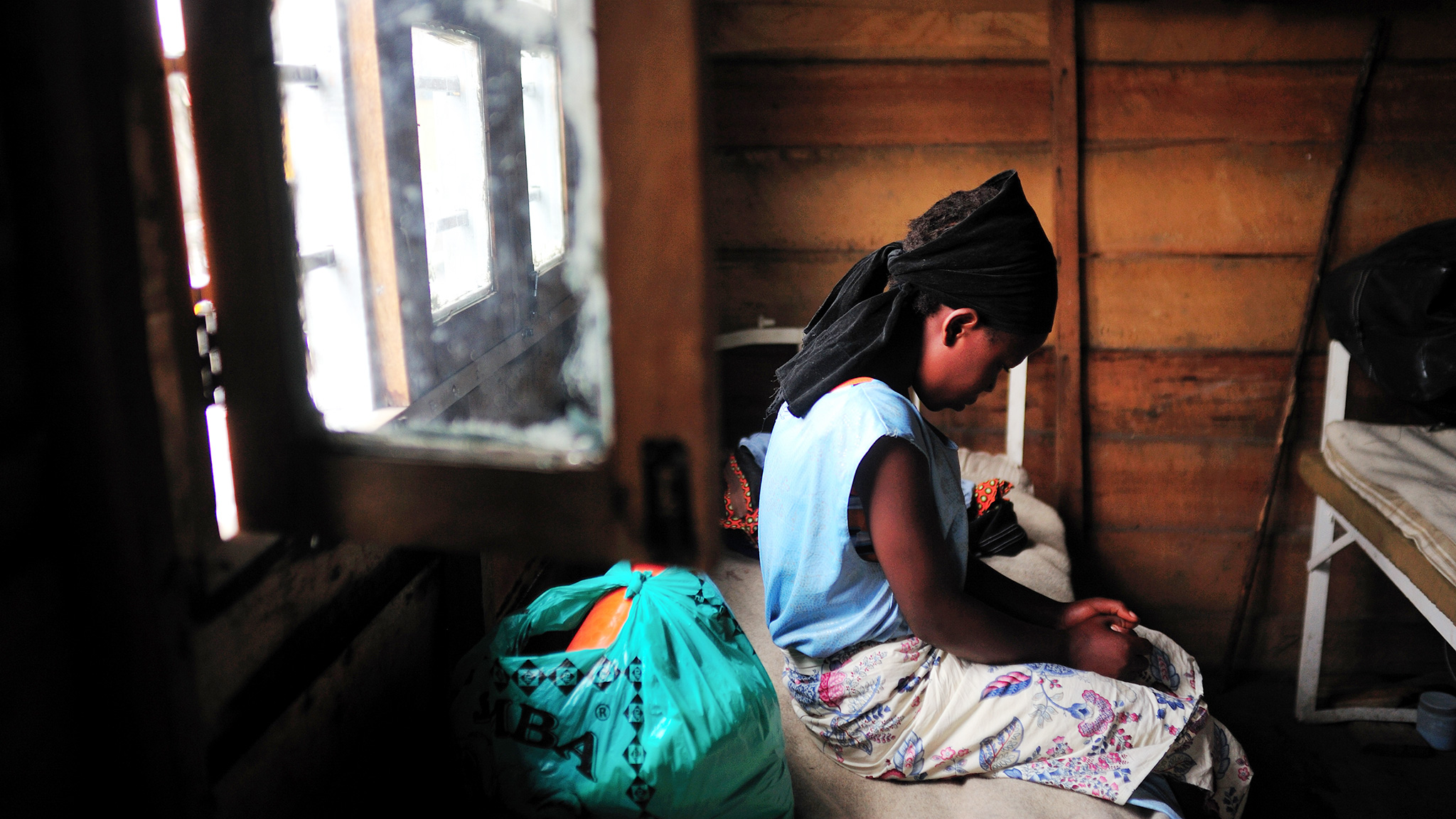
Sexual Violence can be defined as any form of sexual act or attempted sexual act committed against an individual without freely given consent or by means of coercion. Coercion covers a wide spectrum of force – apart from physical force, it may involve blackmail, psychological intimation and other forms of threats.

It is a leading public health concern especially in developing countries where it is very pervasive. It has both short and long term consequences on the victim’s physical, mental and sexual health. It is very important to understand the ramifications of sexual violence, not just as a physical act, but it could occur through visual or verbal abuse, or any action that forces an individual to join in an unwanted sexual contact or attention.
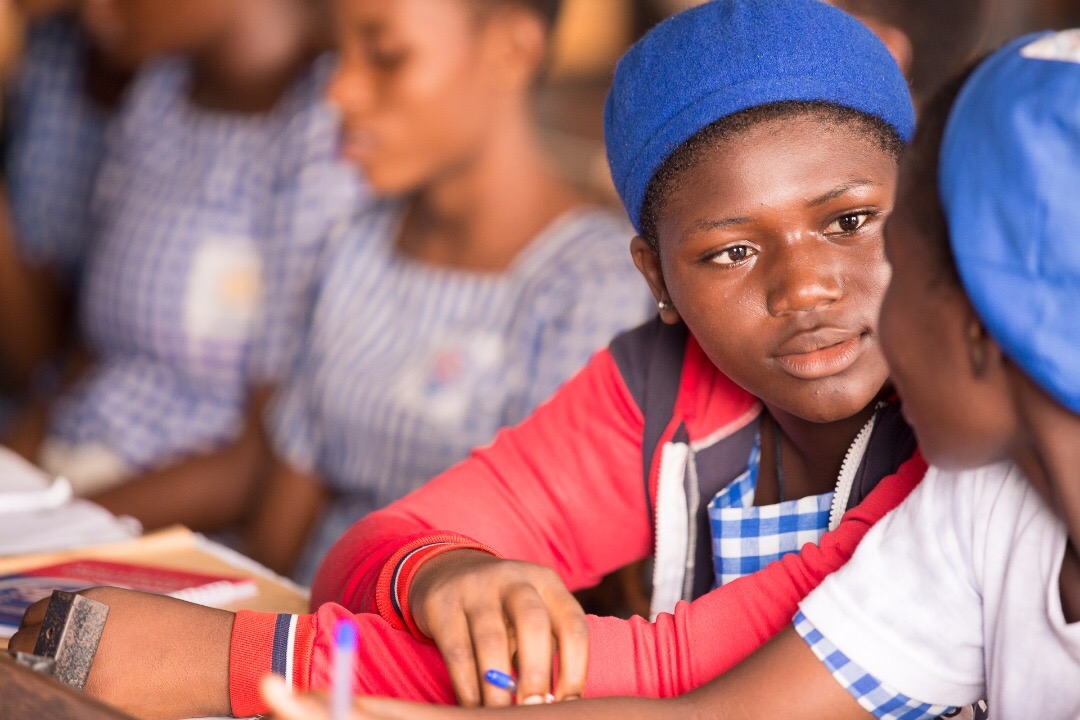
According to the World Health Organization, It is estimated that about 35% of women worldwide have experienced either physical and/or sexual intimate partner violence or sexual violence by a non-partner at some point in their lives. In 2015, UNICEF reported one in four girls and one in ten boys in Nigeria had experienced sexual violence before the age of 18. Studies conducted in Nigeria disclosed young girls as victims in majority of reported assault cases in hospitals. A four-year review of sexual assault cases at the Lagos State University Teaching Hospital (LASUTH) which began in 2008 and ended in December 2012, showed that out of a total 287 reported cases of sexual assault, 83% of the victims were below the age of 19.
Sexual violence is not discriminatory to gender, as both males and females are affected but studies have been indicated the number of female sexual assault victims is far greater than male victims.
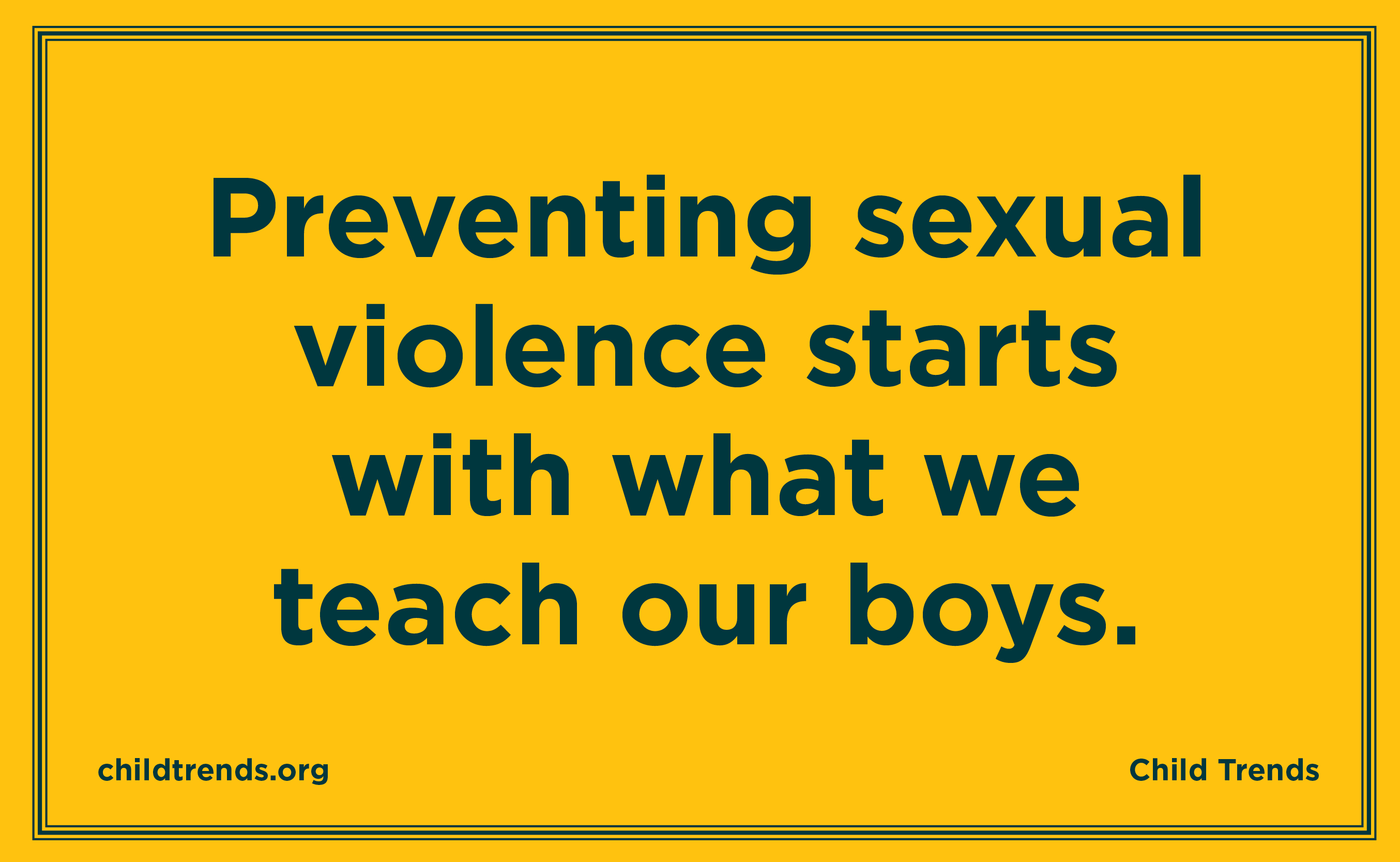
Decreasing the cases of sexual violence means investing in programmes that address the causes of sexually abusive behavior. There should be vigorous public enlightenment and education through the media, in schools, social clubs, churches, mosques, cultural gatherings, to first of all demystify the myths about sexual violence. A lot of learning, unlearning and re-learning has to be done as these myths inform the way a lot of people think about sexual violence and because these myths are in the background unconsciously influencing peoples’ thoughts, thus culminating in the false assumptions being seen as the truth.
A bulk of prevention programmes that have been aimed at teens and young adults often focus on educating girls and women on how to decrease the risk of getting being assaulted, with self-defense strategies amongst others. These programmes generally prove ineffective as they fail to address the realities that the perpetrators of most assaults are usually someone known and trusted. Harassment is usually committed by someone in power, such as a boss, supervisor etc. Real prevention needs to focus on the only individual who can actually prevent the assault/harassment/abuse: the potential perpetrator.

Prevention of sexual violence will remain a mirage until the society puts in place institutional framework to comprehensively deal with actual cases of sexual assault. School boards, employers and public office holders have the power to consistently apply policies that holds abusers for their actions. This involves an approach that consists of skilled, functional and synchronized services and also includes the police, social services, sexual assault services and the criminal justice system.
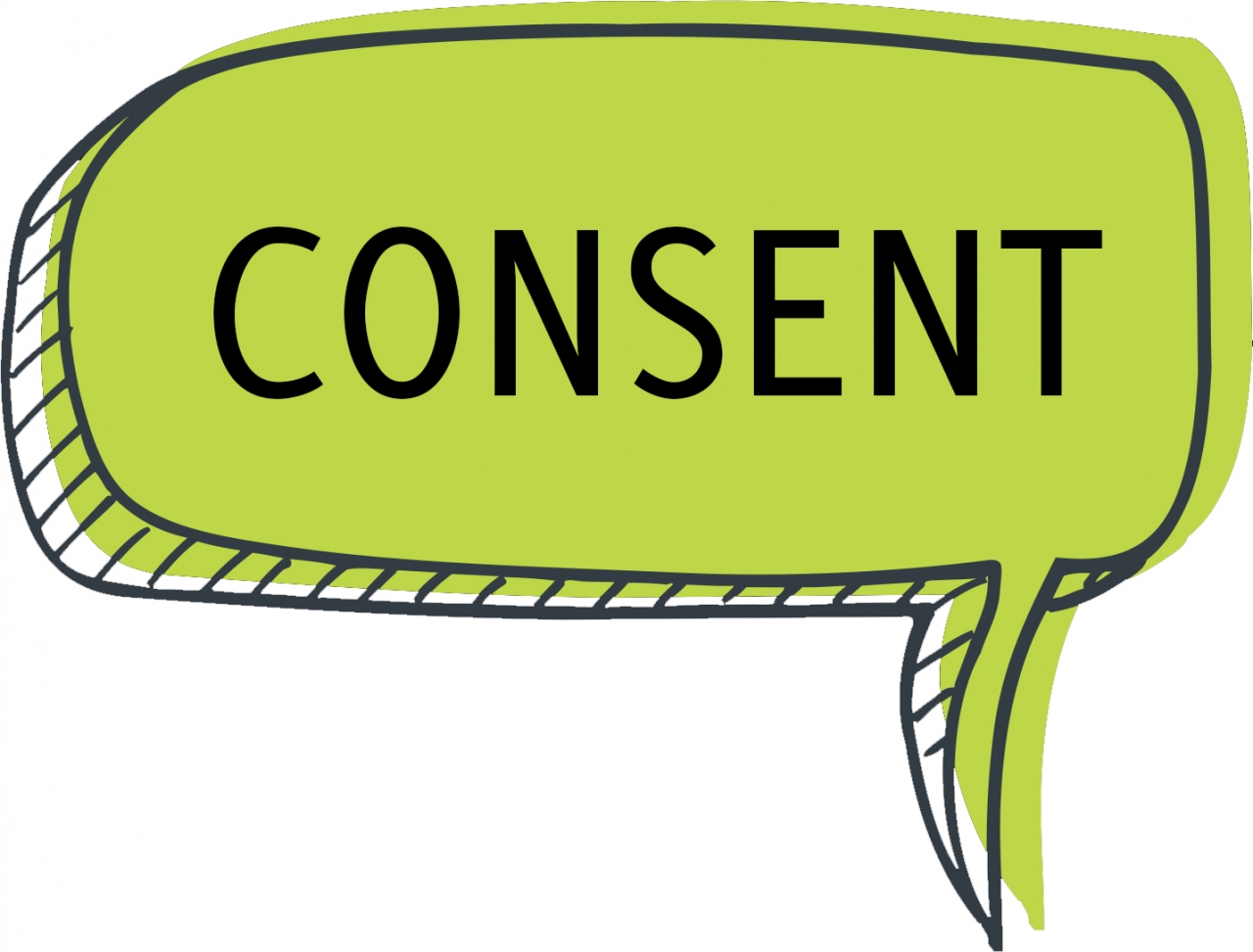
Teaching skills to prevent violence also begins with learning empathy for others and communication skills. It involves the promotion of healthy sexual behaviors via sex education focused on respect for self and others, communication and above all consent.
Sexual violence is not just a “women’s issue.” Both men and women play a very key role in the prevention. Acknowledging sexual assault as a community-wide problem that impacts all persons regardless of gender and social standing is crucial to preventing sexual violence.
- Adedamola Arogundade, Health Communications Intern at Redcare HMO


